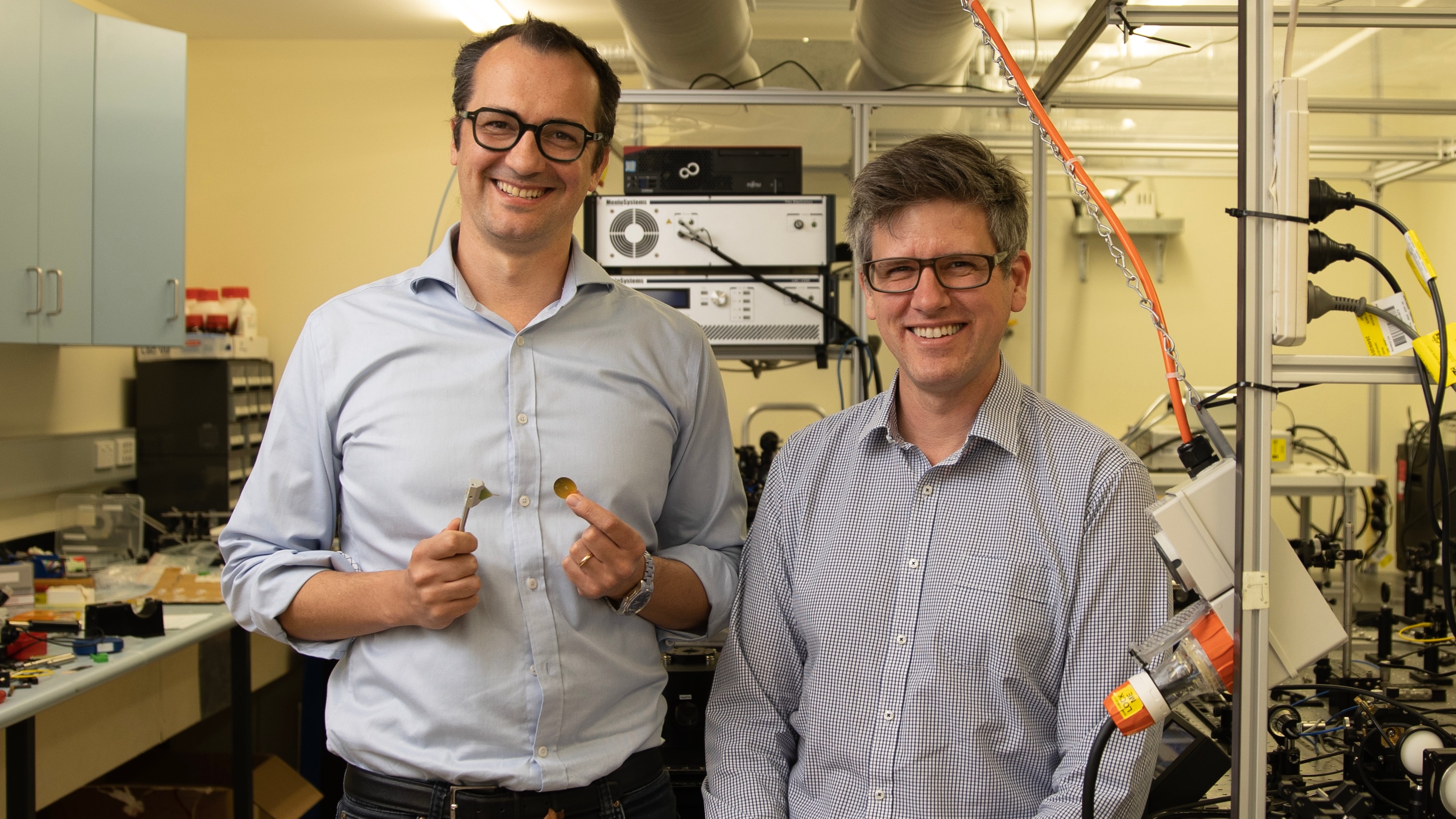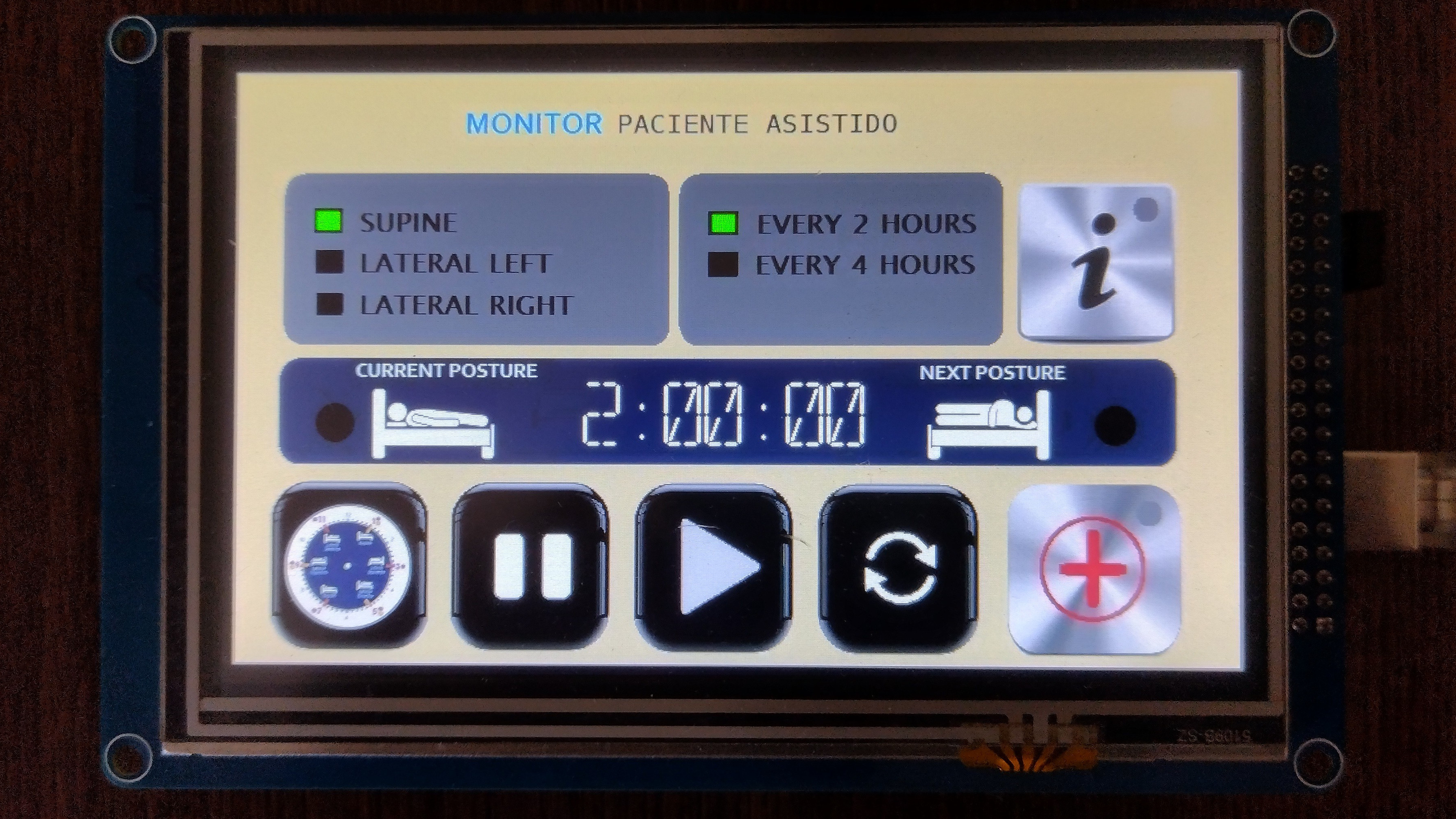"Superlensing without a superlens: microscopes boosted beyond limits".
So what this is about is, in light microscopes, the limit of resolution is half the wavelength of light used. Fine details cannot be seen below this limit. This technique breaks through the diffraction limit by a factor of nearly four times. This has the potential to greatly enhance biomedical imaging.
There is special interest in terahertz frequencies for biomedical imaging because light at terahertz frequencies has the ability to penetrate tissues deeper than visible light. It interacts differently with water and various biological materials, enabling images with good contrast. It is non-ionizing, which means it doesn't harm the tissues it penetrates. If hooked up to a spectrometer, it can be broken out into a spectrum and specific molecules identified. But it has a longer wavelength than visible light, so the diffraction limit is a problem.
This brings us to the virtual superlensing effect. The key to understanding this is to think of there being two types of light waves reflected off the object: propagating waves and evanescent waves. The "propagating waves" are what you normally think of as light waves and are what you use to see the object -- but you can only see features that are above the diffraction limit. The "evanescent waves" are the waves that carry the fine detail information, but they decay exponentially as you move away from the object under observation. The virtual superlens, however, is a clever way to capture the information carried by these "evanescent waves". The system uses Fourier expansions to mathematically "reverse" the phase of the "propagating waves" and simultaneously amplify the "evanescent waves". The amplification relies on using polarized light, which causes imaginary numbers to show up in the computation, which is what you want that enables the "superlensing" effect to happen.
There is no physical lens. The virtual superlens is all calculations with Fourier expansions done as a post-processing step on a computer, after the measurement itself. If you're familiar with Fourier series, that break a time-based signal into its frequency components, the Fourier expansion technique here is related and works with a time-based 3-dimensional electric field rather than a single-dimension time-based signal.
Superlensing without a superlens: microscopes boosted beyond limits
#discoveries #microscopy #terahertz #diffractionlimit #biomedical

